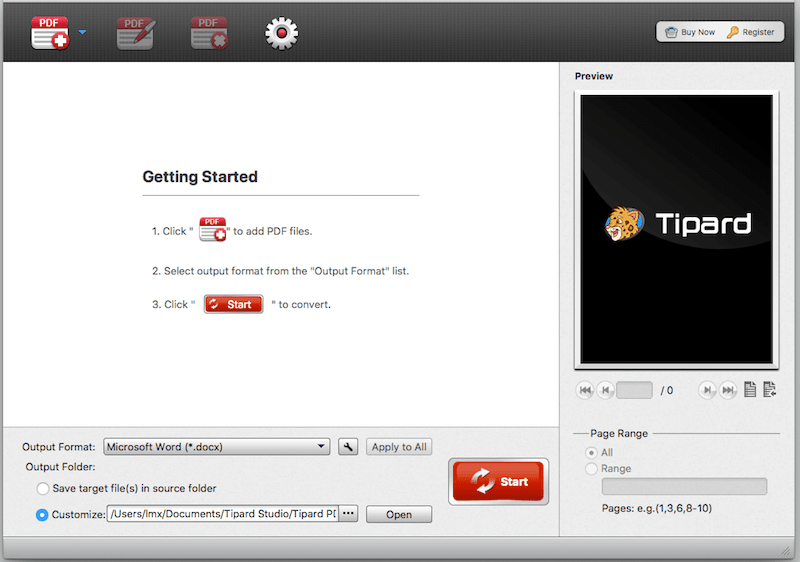
RecordingToggle="/tmp/ffmpeg-recording-audio" # To record desktop audio instead of mic: Press once to start recording, a second time to stop, then Ctrl+V into an Anki field. Put the following in a script then bind it to any key with your DE. I am not a Linux user myself and have no verified the function of these tools but I will post them as they were brought to me/I found them hoping it will be useful to you:įrom salamander from the Discord: Recording audio with Linux: However it should be said that for Anki cards it is generally preferable to simply screenshot the textbox you want to mine. You can now use the OCR hotkey to capture Japanese text, which then gets copied to your clipboard.
#SUBTITLE EDIT JAPANESE OCR HOW TO#
If you do that I recommend 'x264 (mp4)' and 'AAC' (not MP3) for maximum compatibility.Īlthough extremely flawed, OCR can be useful if you are need to look something up you don't know how to type and are too lazy to draw into the Google translate handwriting recognition. You can set up video recording on a separate hotkey if you need that function. The result will be copied to your clipboard and can be directly pasted into Anki. Press the hotkey to start recording and press it again to finish. You can now use the hotkey to record any audio playing on your computer. y -rtbufsize 100M -f dshow -i audio="virtual-audio-capturer" -c:a libmp3lame -filter:a "volume=0.9" -af silenceremove=1:0:-50dB -qscale:a 4 "$output$" My personal settings that trim silence and reduce the volume a bit: You can type ffmpeg settings into the command line window to make various adjustments (for example changing the volume of recording).
#SUBTITLE EDIT JAPANESE OCR DOWNLOAD#
Go to 'screen recording options' and click on 'download' to download ffmpegĪfter ffmpeg downloaded a message telling you that ffmpeg was successfully installed should appear.Go to 'capture' and tick 'override capture settings'.Now we need configure ffmpeg inside ShareX to record audio: Click on 'none' → Define key combination for audio recording.Override after capture settings: Tick copy file to clipboard.Hotkey settings → Add → Task: Screen record → Start/Stop screen recording using activate window region.This also works on other sites like Discord or 4chan: Pasting an image inside Anki. You can now use your hotkey to capture an image and paste the result into Anki with Ctrl+V. We also stop it from pestering you with trying to upload it to an online image host. Go to image tab → Tick 'override image settings' → JPEGĬhanging the image format to JPEG will save space on your hard drive and on Ankiweb.Afterwards go back into the hotkey settings:


If you have peripherals with additional keys placing it on one of those is good. Click on 'none' → Define key combination for screenshots.Hotkey settings → Add → Task: Screen capture → Capture region (transparent).You can set custom settings for each hotkey which is what we will do in the following steps. This should be somewhere quickly accessible. In this section however we will only setup the functions above on hotkeys we can use anytime without touching any global settings.Īfter downloading and installing ShareX from the github page you should define a directory for it to save all your files.Īpplication settings → Paths → Browse → Select your folder Of course ShareX has a myriad of functions beyond that and if you are interested I suggest you take a look at their site: This is important for mining from Youtube videos, video games or visual novels for example. You can paste the result from all these operations directly into Anki. ShareX has a number of functions that are useful to language learners.


 0 kommentar(er)
0 kommentar(er)
